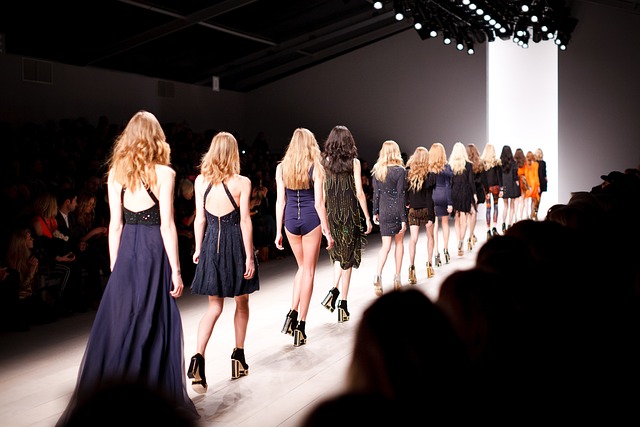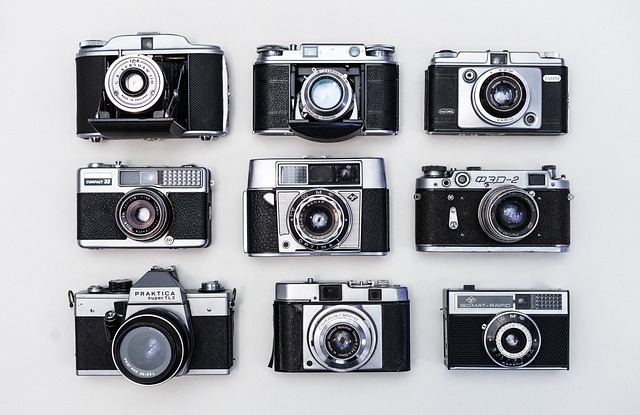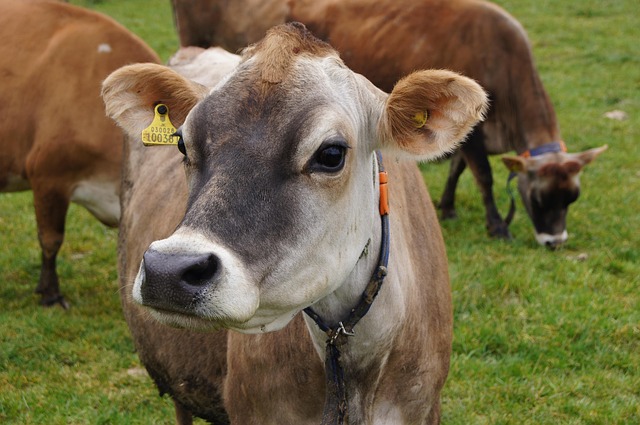The journey of fashion has always been a fascinating one, marked by innovation and evolution. Among the various elements that have transformed over the years, one key feature stands out: pockets. While they may have begun as practical additions to garments, pockets have gradually evolved into a focal point of style, function, and self-expression in fashion.
Pockets have a rich history, originating in the late Middle Ages when garments were crafted without them. Instead, people would carry their essentials in small bags or pouches, often tied around their waist under their clothing. As fashion progressed, so did the design and placement of pockets, reflecting social changes and the demand for greater functionality in clothing.
In the 19th century, pockets made their grand entrance into women’s fashion. However, their integration was often limited. Women’s dresses featured decorative pockets that served minimal purpose, reinforcing the notion of femininity while often sacrificing practicality. This divide between functionality and fashion has been a recurring theme throughout history, influencing how pockets are viewed in women’s clothing today.
The 20th century marked a significant breakthrough in the world of fashion pockets, culminating in the feminist movements of the 1960s and 1970s. As women began to step into roles traditionally held by men, the demand for functional and stylish clothing grew. Designers started incorporating larger, more useful pockets into women’s garments, allowing for greater freedom and convenience without compromising style.
Today, pockets are a statement of fashion rather than just a necessity. From oversized utility pockets on cargo pants to chic, mini pocket details on structured blazers, they play an essential role in outfit styling. The resurgence of utilitarian fashion has even shown us that pockets can make a bold statement, transforming an ordinary outfit into something uniquely stylish.
Not only are pockets functional, but they also contribute to the aesthetics of a garment. The placement, size, and design of pockets can change the silhouette of an outfit, drawing the eye to the waist, hips, or any other focal point. Designers have experimented with various styles, like patch pockets, hidden pockets, and even intricate pocket designs, enhancing both the visual and practical aspects of clothing.
Moreover, the rise of sustainable fashion has underscored the importance of pockets in a new light. As consumers shift towards more eco-conscious choices, the versatility of clothing with pockets allows for freedom from carrying additional bags. This not only reduces reliance on plastic but also promotes a simplified lifestyle, marrying practicality with stylish sustainability.
In fashion today, pockets have become a symbol of empowerment, blending utility with elegance. They reflect a societal shift towards practicality, equality, and individuality. Whether hidden or highlighted, pockets convey a message of freedom of choice, allowing wearers to carry their essentials while expressing their unique style. As fashion continues to evolve, it will be exciting to see how pockets adapt and continue to influence the way we dress and feel.




